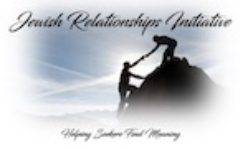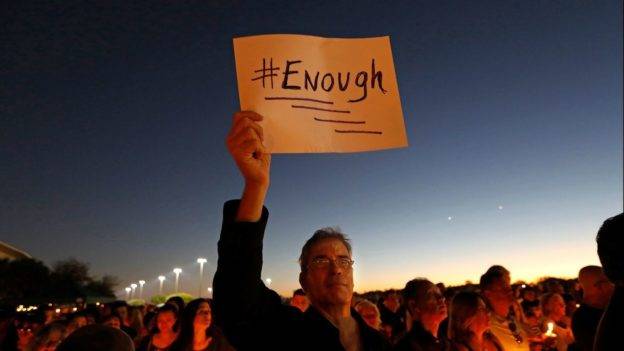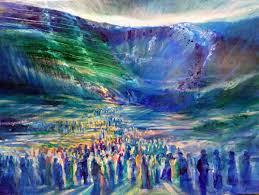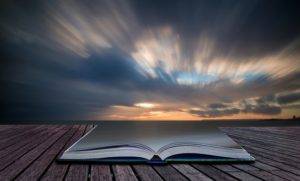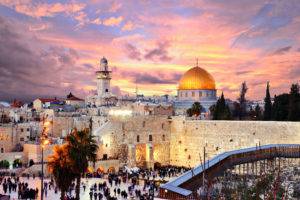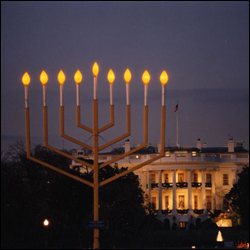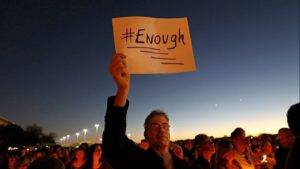 How many parents send their children off to school with this blessing?
How many parents send their children off to school with this blessing?
The level of violence in our society is incomprehensible. It happens on so many levels but the most blatant manifestation is the tens of thousands of people who are murdered with guns. Seventeen children and teachers are the most recent victims, murdered in their school.
There is no single solution to the problem, but that cannot keep us from working hard to reduce violence and death. Mental Health issues may be at the heart of much of this, but there is an entire category called crimes of passion wherein people resort to guns when the rage is uncontrolled. But the mass murders of innocents such as children and teachers in school can only happen in a society that is content with permitting it. We cannot be complicit any longer.
We are responsible. We do not invest in adequate security for our schools, we do not invest in mental health professionals to help troubled people, we do not invest in systems to keep lethal weapons restricted, we do not ban weapons of mass destruction such as assault rifles.
We can blame feckless and craven Congressmen and State House representatives for inaction, but the ultimate responsibility is ours. If we do not demand action and accountability, these elected representatives devolve into pawns and lackeys. They will neglect the duties of their offices and work only to retain their offices by kowtowing to those with a particular political agenda and money to promote it.
Today we are reeling yet again at the tragedy in a Florida High School. But when we are finished burying the dead, we must galvanize the people to demand thoughtful action to address our horrific problem. There are important organizations advocating ways to reduce gun violence. Join them in their life-saving work.
